Ready Your Garden for Spring in the Fall
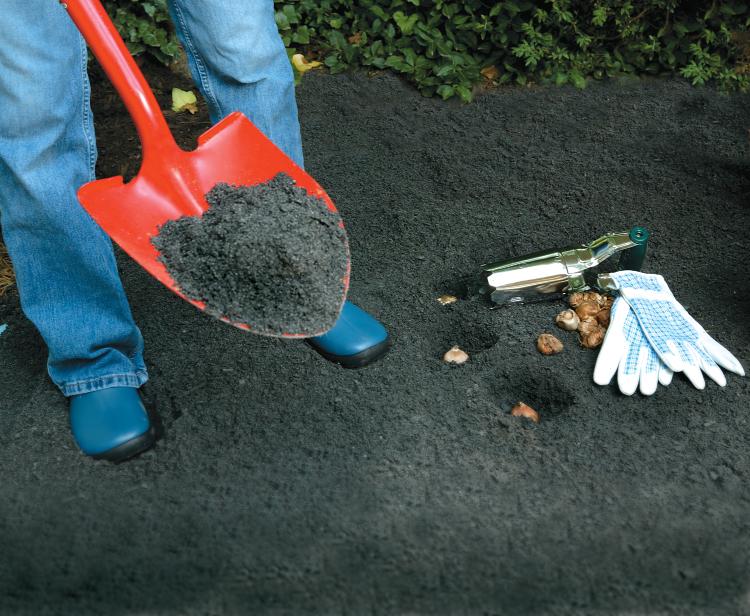
Photo credit: Antony Boshier
Every farmer knows the importance of enriching the soil and preparing a seed bed for planting. We gardeners benefit from the same practices: cleaning of debris, tilling, amending the soil and fall planting.
Cleanup Time
Let’s start our fall gardening by cleaning up the vegetable garden, moving plants and veggies to the compost pile. Next, enrich the soil by working in organic matter, including your compost or well-rotted manure, leaves or grass clippings to maintain good moisture retention and add nutrients. Leaves work as food for garden soil. Mow the fallen leaves on the lawn (it may take several passes if leaves are thick). As a bonus, you have fertilized the grass too. Don’t have many big trees? On garage day you’ll find lots of bags free for the taking!
Get Set for Spring
Fall is a great time to start a new planting area. Use the same process of tilling and feeding. Then leave the garden rough-tilled to expose any insects and weed seeds to the winter elements. Come spring, while your neighbor is waiting for the soil to dry out to turn under, you will be set to plant.
Peonies may have botrytis blight, hosta leaves may have slug eggs, and other plants may have disease or other damage as well, so cut the diseased areas off and put in the garbage to reduce chances of infestation from fungi and bacteria next year. By removing all the plant debris, we also eliminate hiding places for insects to over winter.
Cutting back other perennials is optional for you. Some gardeners like to leave plants standing, just for winter interest or to feed wildlife. Who doesn’t love to see goldfinches feasting on purple coneflower seedheads in January?
Bulbs Aplenty
This month, plant lots of spring-flowering bulbs – and when planting bulbs I recommend that you think in hundreds. Select large, firm, healthy bulbs and plant them three times as deep as the bulb is high. Add some bone meal when planting. Bone meal is high in phosphorus, which will encourage root development. Deer love to eat my tulips and crocus, but they leave daffodils alone (poisonous to them).
Consider trying some of the minor bulbs. Snow drops start blooming in February. Anemia blanda, also known as “glory of the snow,” and squill planted in a drift produce a blue river of small flowers. Bulbs will happily multiply without any work on your part, bringing years of spring color to your yard.
Fall work is done. See you at the coffee shop!




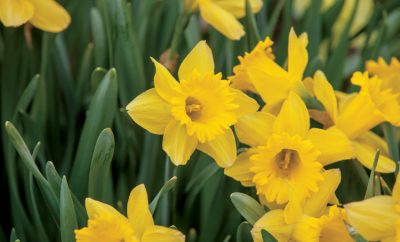
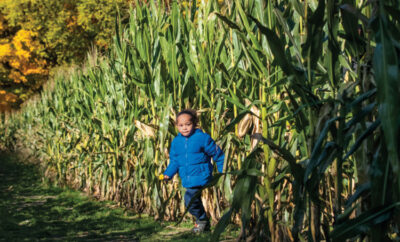
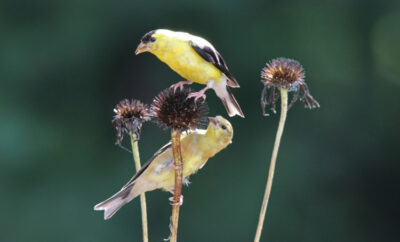
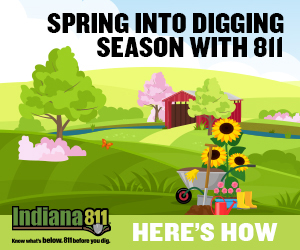
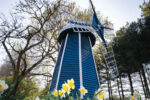




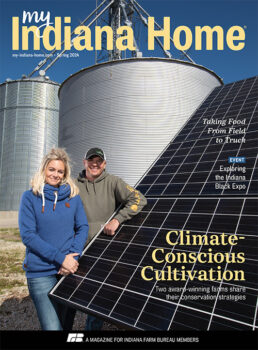 My Indiana Home is produced for Indiana Farm Bureau members. Our mission is to connect you with the food you eat, the Indiana farmers who grow it and a rural lifestyle that is uniquely Hoosier.
My Indiana Home is produced for Indiana Farm Bureau members. Our mission is to connect you with the food you eat, the Indiana farmers who grow it and a rural lifestyle that is uniquely Hoosier.
Leave a Comment